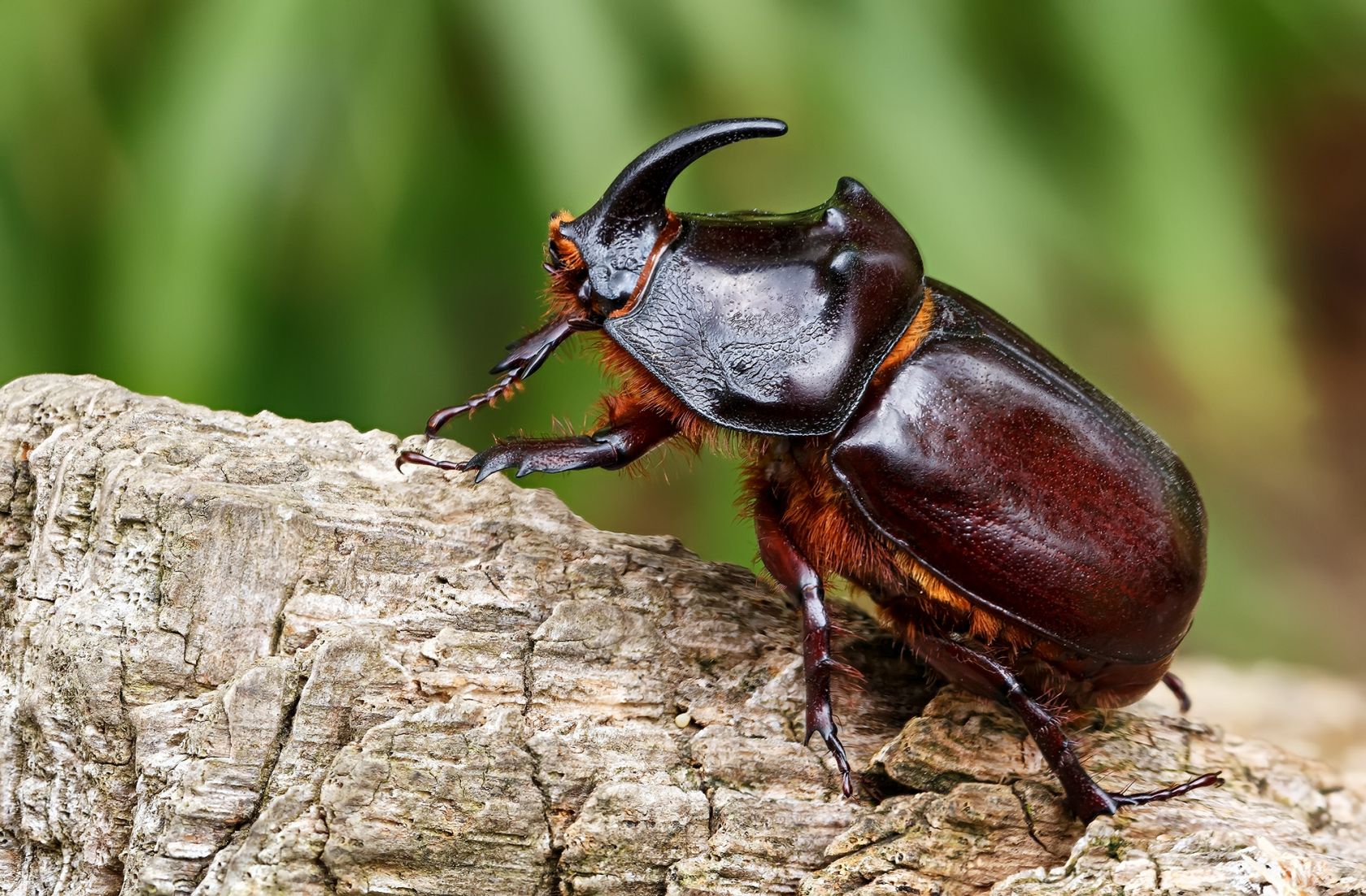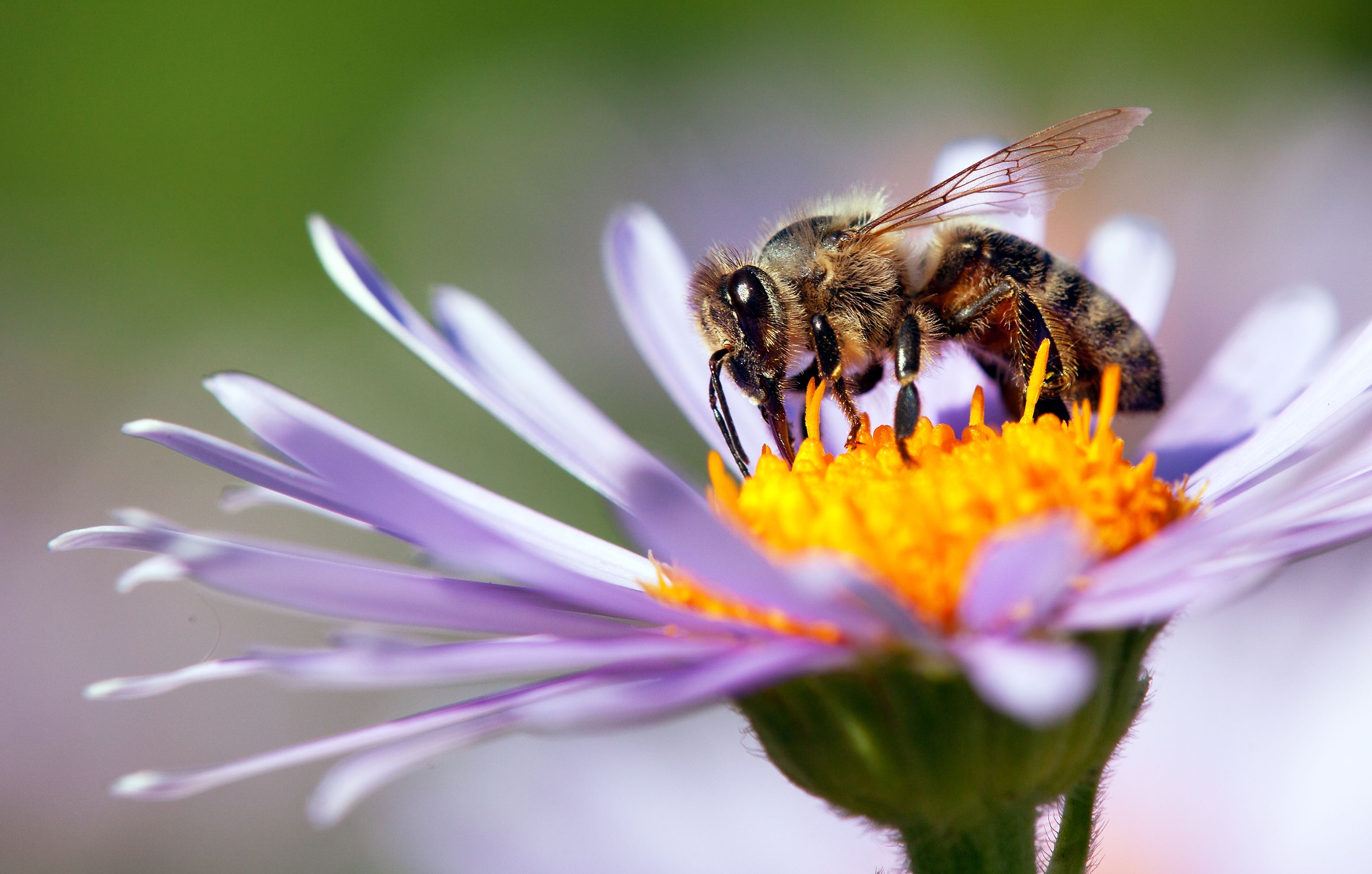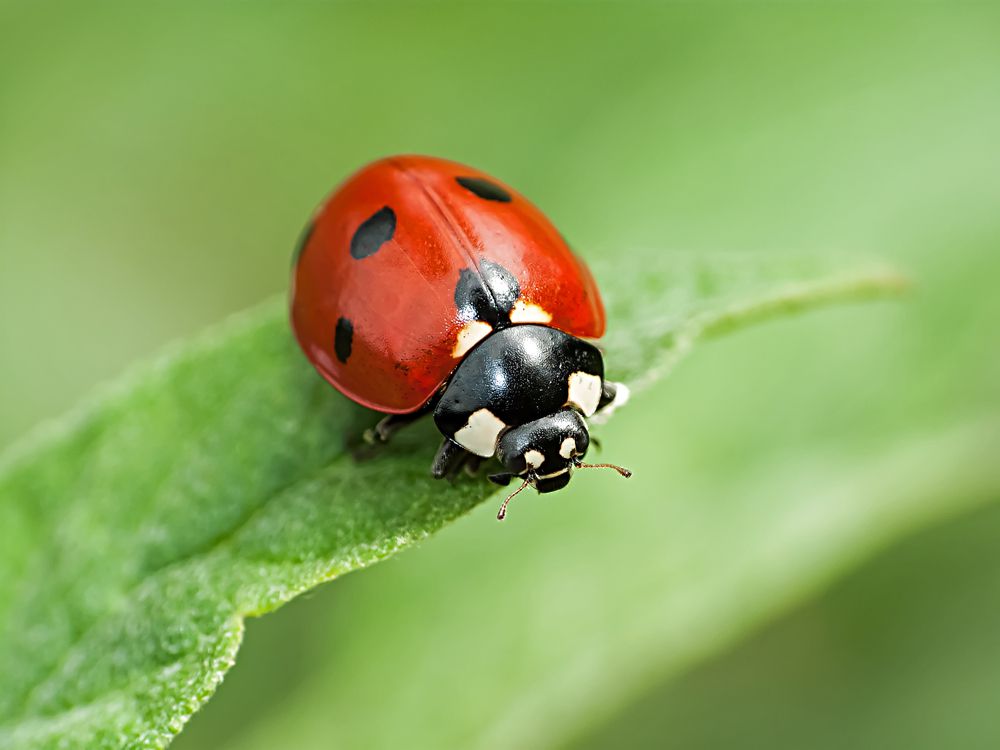Insects are the most diverse group of animals on Earth, with over 900,000 identified species, which is more than half of all known living organisms. They are found in almost every habitat on the planet and play important roles in ecosystems as pollinators, decomposers, and food sources for other animals.
Insects have segmented bodies, jointed legs, and external skeletons, and are distinguished from other arthropods by their three-part body, three pairs of jointed legs, compound eyes, and one pair of antennae.
You are reading: The 7 Different Types Of Insects
In this article, we will explore the different types of insects, including beetles, bees and their relatives, bugs, flies, butterflies, crickets, and dragonflies, and learn about their unique characteristics and roles in the natural world.

7 Different Types Of Insects
Beetles
Beetles are a diverse group of insects that belong to the order Coleoptera, which is the largest of all orders, constituting almost 40% of described insects and 25% of all known animal species.
Beetles are characterized by their hard exoskeleton and hard forewings, called elytra, which are not usable for flying. They have mandibles that move in a horizontal plane and antennae that usually have 11 or fewer segments.
Beetles have a head, thorax, and abdomen, and six legs, and their bodies tend to be very solid and tough. They are found all over the world, except in the oceans, Antarctica, and the Arctic, and are often clumsy, slow fliers. There are at least 400,000 species or types of beetle, and they are found in almost every habitat on Earth.
Bees and their relatives

Bees and their relatives are a group of insects that belong to the order Hymenoptera, which also includes wasps and ants. This group is known for their narrow waist, two pairs of wings, and chewing mouthparts. Bees and their relatives are important pollinators and play a crucial role in the ecosystem.
There are over 20,000 known species of bees in seven recognized biological families. Here are some of the different types of bees and their relatives:
– Andrenidae: This family includes nearly 3,000 ground-nesting, solitary bee species. Many Andrenid bees are adapted to harvest from a specific flowering plant.
– Apidae: This is the largest family of bees, with almost 6,000 species. It includes honey bees, bumblebees, and carpenter bees, among others.
– Colletidae: This family includes over 2,000 species of bees, most of which are solitary.
Read more : The Top 9 Animals With The Shortest Lifespan
– Halictidae: This family includes over 4,000 species of bees, many of which are ground-nesting and solitary.
– Megachilidae: This family includes over 4,000 species of bees, including leafcutter bees and mason bees. They are important pollinators of many crops and wildflowers.
– Mellittidae: This is the second-smallest bee family, with only 201 species. They are solitary, build their nests in the ground, and have evolved to specialize on a small group of closely-related plants.
– Stenotritidae: This family includes only one species, Stenotritus mucugensis, which is found in Brazil.
Bugs

Bugs are a group of insects that are often considered pests by humans and can cause damage to crops, homes, and other structures. The term “bug” is often used colloquially to refer to any terrestrial arthropod, including insects, spiders, and other arthropods.
However, in entomology, the term “bug” refers specifically to insects in the order Hemiptera, which includes true bugs such as stink bugs, bed bugs, and cicadas.
Bugs are characterized by their piercing-sucking mouthparts and two pairs of wings, with the front pair being thickened and leathery.
Flies
Flies are insects of the order Diptera, which means “two wings” in Greek, and are characterized by having only one pair of wings for flight. There are over 120,000 known species of flies worldwide, with 18,000 of those found in North America.
Flies are often considered pests and can be found in many different environments, including homes, farms, and forests. Some of the most common types of flies include houseflies, fruit flies, horse flies, and biting midges.
Flies can be a nuisance, buzzing around and landing on people and food, but they can also pose a threat to human health by spreading diseases such as salmonella, tuberculosis, and malaria.
Butterflies
Butterflies are a group of insects that are known for their large, often brightly colored wings and a conspicuous, fluttering flight. They belong to the order Lepidoptera, which means “scale-winged” in Greek, and are the only group of insects that have scales covering their wings.
Butterflies are found all over the world, except in Antarctica, and are often associated with warm, sunny environments. They undergo a complete metamorphosis, with four distinct life stages: egg, larva (caterpillar), pupa (chrysalis), and adult. Butterflies are important pollinators and play a crucial role in the ecosystem.
Read more : 9 Types Of Jellyfish
Some of the most common types of butterflies include the Monarch, the Painted Lady, and the Black Swallowtail.
Crickets
Crickets are a group of insects that belong to the order Orthoptera, which also includes grasshoppers and katydids. There are over 2,400 species of crickets worldwide, and they are known for their chirping songs, which are produced by rubbing their wings together.
Crickets have long antennae and large hind legs for jumping or hopping. They are usually active at night and are attracted to light. The most common types of crickets found in homes are the field cricket, the camel cricket, and the house cricket.
While crickets are not considered a serious pest in homes, they can be a nuisance and cause damage to property, specifically clothing, carpets, and areas covered in fabric.
Dragonflies
Dragonflies are a group of insects belonging to the infraorder Anisoptera, which is part of the order Odonata. There are about 3,000 known species of true dragonflies, most of which are tropical, with fewer species in temperate regions.
Dragonflies are characterized by their large, multifaceted compound eyes, two pairs of strong, transparent wings, and an elongated body. They are expert fliers and can fly straight up and down, hover like a helicopter, and even mate mid-air.
Dragonflies are aquatic in their larval stage, which can last up to two years, and eat just about anything, including tadpoles, mosquitoes, fish, other insect larvae, and even each other. They are important predators of mosquitoes and other insects and play a crucial role in the ecosystem.
Dragonflies are represented in human culture on artifacts such as pottery, rock paintings, statues, and Art Nouveau jewelry. They are used in traditional medicine in Japan and China and caught for food in Indonesia.
FAQS
1. What are insects?
Insects are a diverse group of animals that belong to the class Insecta, which is part of the phylum Arthropoda. They are characterized by their segmented bodies, jointed legs, and external skeletons, and are distinguished from other arthropods by their three-part body, three pairs of jointed legs, compound eyes, and one pair of antennae.
2. How many species of insects are there?
There are over 900,000 identified species of insects in the world, which is about 80% of all species on Earth. However, some entomologists estimate that there may be as many as 10 million species of insects.
3. What are the different types of insects?
There are many different types of insects, but most of them come from one of seven main groups: beetles, bees and their relatives, bugs, flies, butterflies, crickets, and dragonflies.
4. What are some common household pests?
Some common household pests include bed bugs, houseflies, clothes moths, Japanese beetles, aphids, mosquitoes, fleas, horseflies, hornets, and cockroaches.
5. What is the ecological role of insects?
Insects play important roles in ecosystems as pollinators, decomposers, and food sources for other animals. They are also used as environmental quality indicators to assess water quality and soil contamination.
6. How can I prevent and control insect infestations in my home?
There are many ways to prevent and control insect infestations in your home, including keeping your home clean and dry, sealing cracks and crevices, using screens on windows and doors, and using insecticides and other pest control methods as needed.
Source: https://petstutorial.com
Category: Animals










